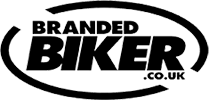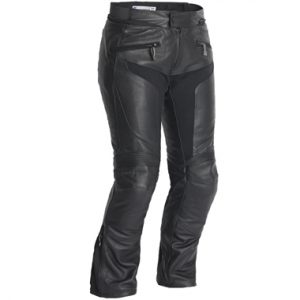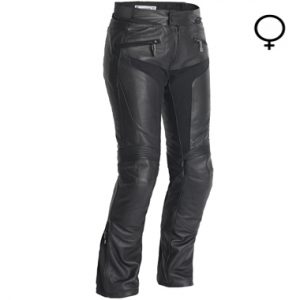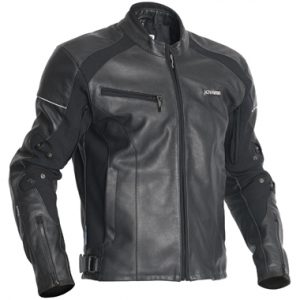Description
CE Standards and Marking is always changing and evolving. The following examples are specific for Motorcycle Clothing, Boots etc.
EN 1621-1 Motorcyclists Protective Clothing against mechanical impact.
This standard applies to seperate or combined protectors for shoulders, elbows,hips and knees, i.e. the parts of the human body which are the most susceptible and commonly to injured during an accident.
EN1621-2 Motorcyclists Back Protectors.
A Back Protector must protect the spine and surrounding soft tissue from impacts and blows and has 2 distinctive standards Level 1 and level 2 (Level 1 is a minimum standard and Level 2 is the highest). The testing for standards is designed to mimic falls onto different shaped edges. In order to comply with the requirements for CE Marking, the Protectors must meet stringent demands for fit and comfort, while also providing cover for a large part of the back.
EN 13634 Protective Footwear for Professional Motorcycle Riders.
In order for footwear to be approved and to bear the CE Marking. it must satisfy requirements pertaining to the quality and torsional stiffness of the material as well as its resistance to friction, penetration, tearing and wear. This standard is divided in to 2 levels.
EN 13595-1 to EN 13595-4 Protective Clothing for professional motorcycle riders; Jackets, Trousers and one piece suits
EN13594;2015 the latest updated standard; for motorcyclist includes motorcycle gloves, motorcycle clothing. Tested for impact strength, properties of materials, ergonomis, markings and instructions for use.
The standard for protective clothing is aimed at those people who spend most of their time in traffic, i.e. professional riders including Police, Ambulance, Despatch Riders, Test Riders and Motorcycle Engineers etc. However it is an appropriate standard for anyone wanting the best possible protection. In addition to abrasion tests, there are also stringent demands for the fit and design of clothing. One intention is that the item must always be fit for purpose. The standard is divided into 2 levels, level 1 meeting the minimum standards and level 2 however is tougher and demands that a greater degree of protection be provided by the clothing.
EN 471 CE EN471 Class 3 is specific for High Visibility clothing requiring protective clothing to signal the presence of the user especially in haxardous situations. Performance requirements include the colour, illumination and reflect ability.
With thanks to Jofama.Se 27/01/2016.
For further information on CE standards; Jofama CE Markings





